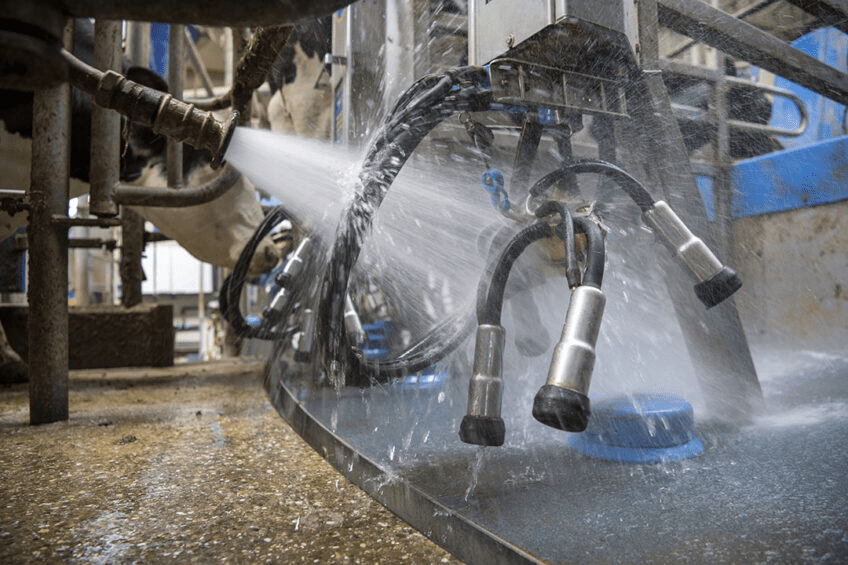Milk taken directly from a cow is usually sterile, however, it becomes contaminated during and after milking due to factors like the milker, milking utensils, cooling, storage, and processing.
Milk is an ideal environment for bacteria, yeasts, and molds, which are common contaminants. Contamination from poorly cleaned utensils or cans accounts for about 60% of the problem.
Dairy farmers and producers must ensure that milk is produced in clean and hygienic conditions to prevent contamination. They should use proper methods to clean and disinfect milking equipment, utensils, and storage cans.
The quality of raw milk and its safety for consumers are directly related to its bacterial content. High-quality milk is essential for making good dairy products. In many countries, the bacterial content of milk is used to determine its payment.
Read Also: Milking Process in a Diary Farm
Cleaning Milking Utensils
1. Pre-rinsing:
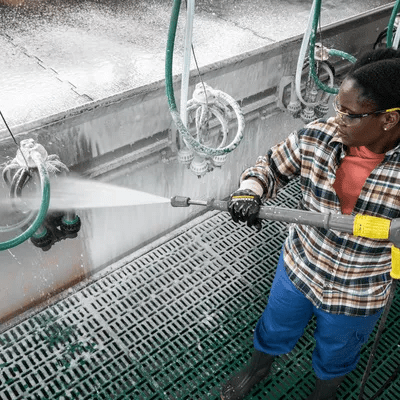
Immediately rinse utensils with cold or lukewarm water after use to prevent milk residues from drying and sticking. If residues are dried on, soaking the equipment might help loosen the dirt and make cleaning easier.
2. Scrubbing:
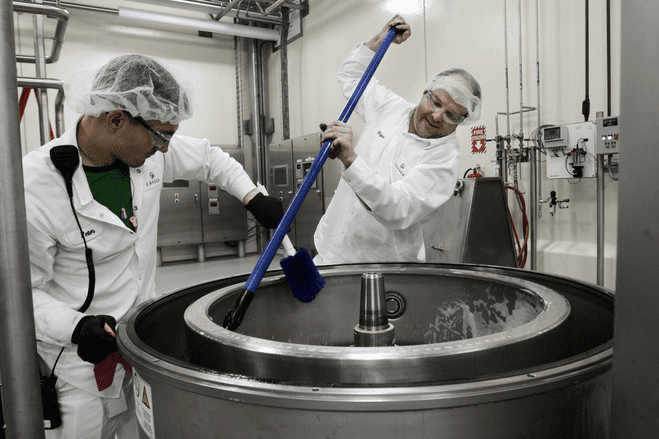
Use a suitable brush and hot water with a dairy cleaner to scrub the utensils thoroughly. For a 10-liter capacity utensil, about 15 grams of cleaner is needed.
Read Also: How to Process, Package, and Export Dairy Milk
3. Washing:
After scrubbing, wash the utensils with hot water, ensuring the water temperature is above 50°C. Then, rinse again with enough cold water (or tepid water in colder seasons) to remove any detergent traces.
4. Sanitizing:
Use an acceptable sanitizing agent, such as iodophors or chlorine solutions (50-200 ppm of active compound), to disinfect the cleaned utensils.
5. Draining:
Place the cleaned utensils upside down to allow complete drainage and avoid contamination from air, insects, rodents, or reptiles.
6. Storing:
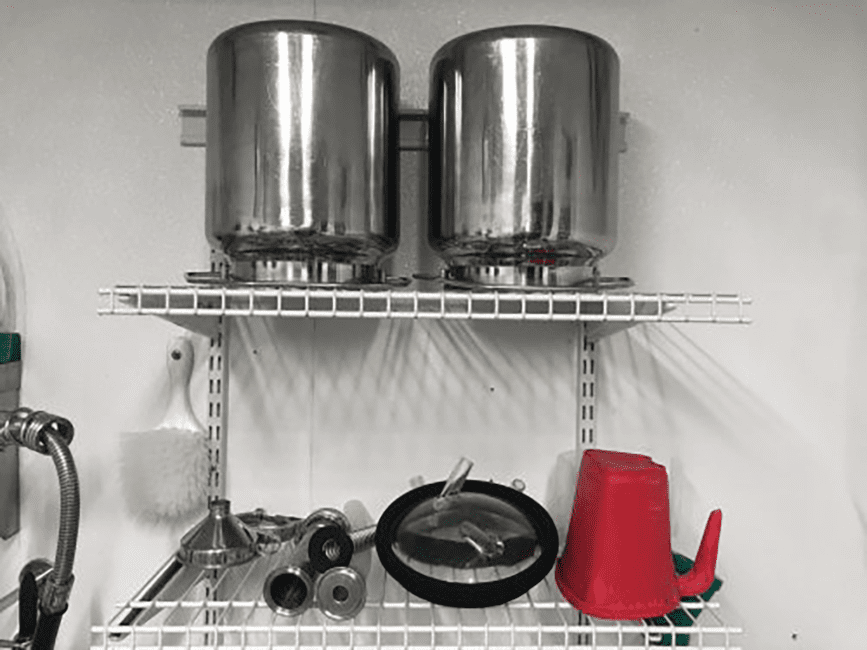
Store dry utensils in a protected area to keep them free from dust, dirt, and other contaminants.
7. Hot Water Sterilization:
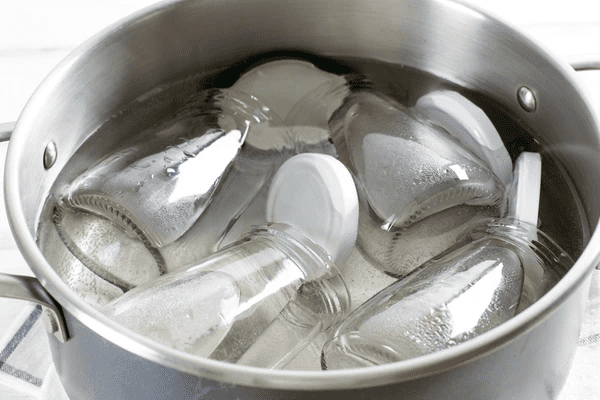
Use water as close to boiling as possible, never below 85°C. Immerse the utensils for 20 minutes, or if that’s not possible, pour boiling water over the milk-contact surfaces until they are too hot to touch.
In summary, to ensure high-quality milk, dairy farmers must maintain clean and hygienic conditions, use proper cleaning and disinfecting techniques, and manage bacterial content effectively. This is crucial for producing safe, high-quality dairy products and determining fair payment for the milk.
Proper cleaning involves pre-rinsing, scrubbing with hot water and dairy cleaner, rinsing with cold water, sanitizing, and ensuring thorough drying and protection from contaminants. Hot water sterilization should be close to boiling, with utensils immersed or treated until too hot to touch.
Read Also: How to Grow Microgreens
Frequently Asked Questions
We will update this section soon.

